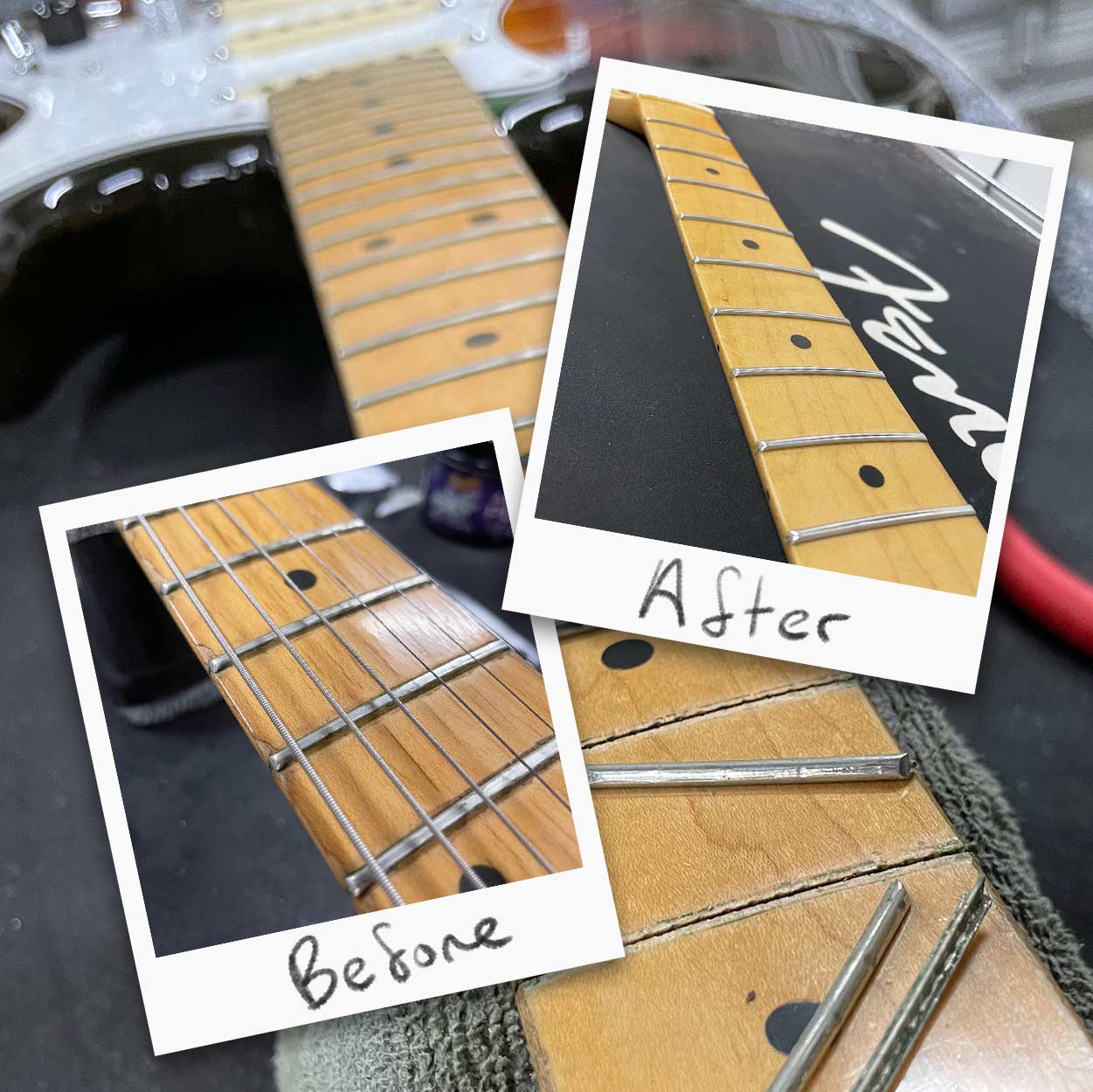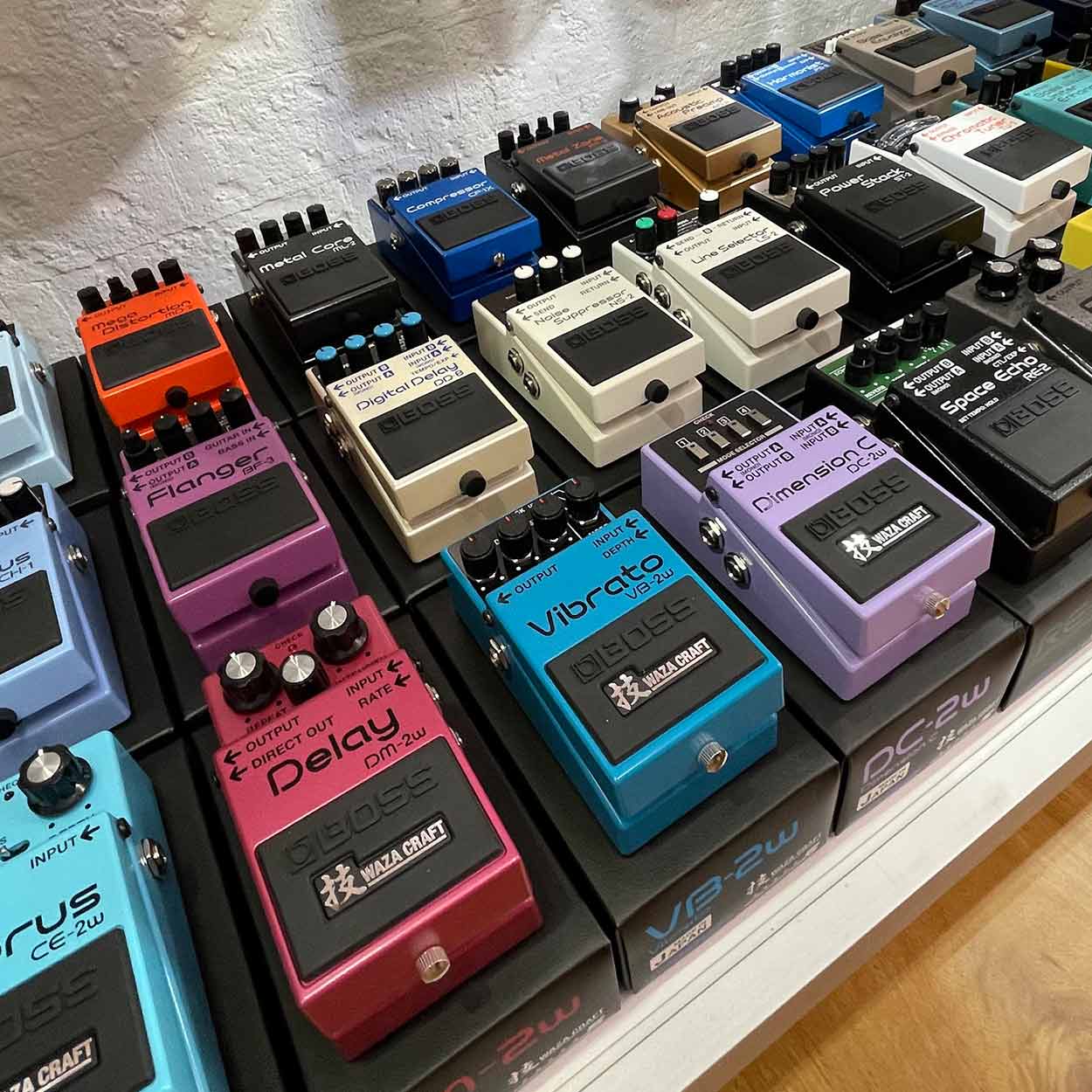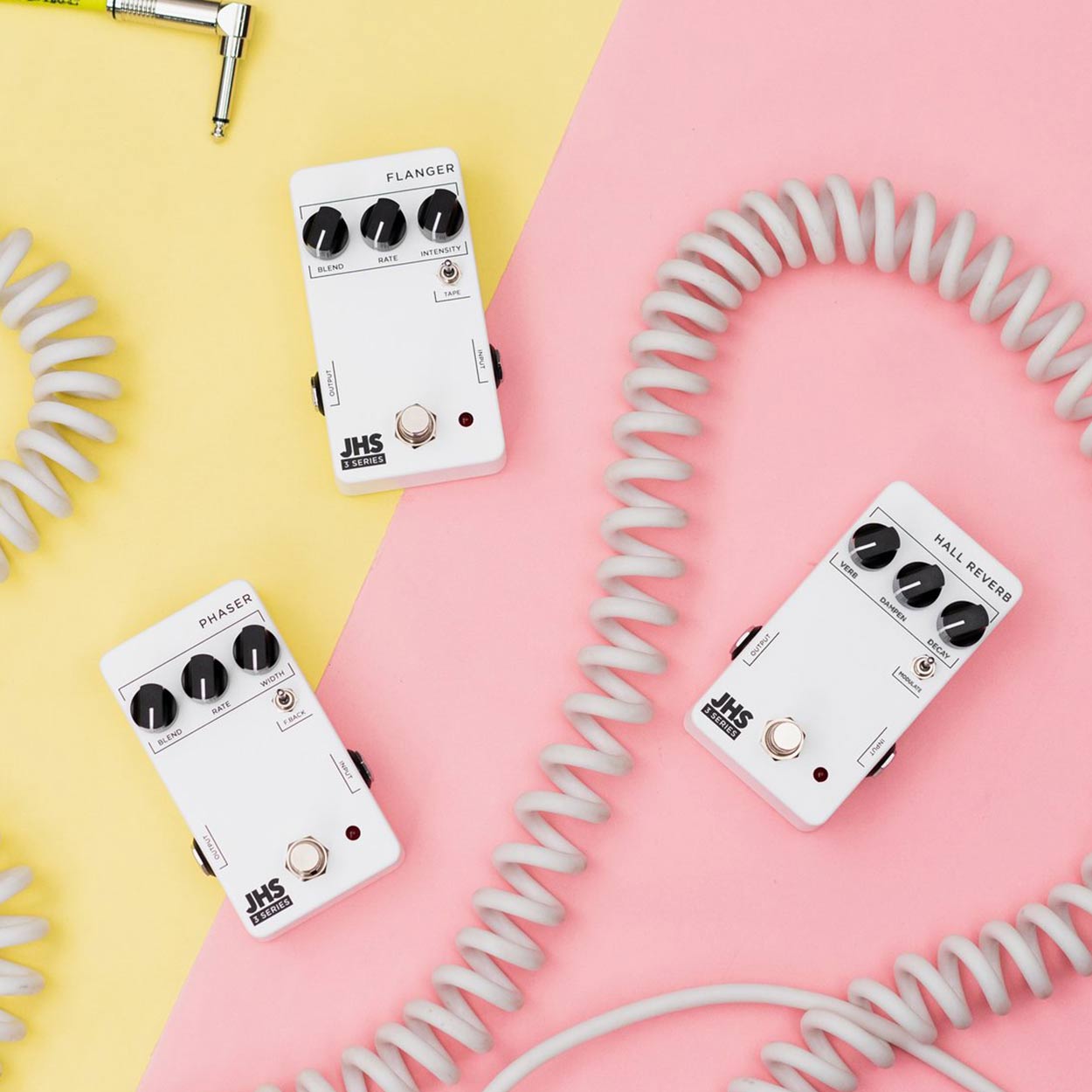
Shubb
Shubb C1 Steel String Capo Nickel
When the Shubb capo was first introduced more than 30 years ago guitarists throughout the world fell in love with it. They're still in love with it today. We've given it a few tweaks through the years, but its basic mechanical principle remains the same: a unique over-center locking mechanism that provides an unrivalled combination of power, speed, accuracy and ease of use. One smooth flip of the lever locks it securely in place, and removes it just as quickly.
And the Shubb capo is BY FAR the best at not creating tuning problems. Its soft, resilient rubber is specially designed to work just like a fingertip, so it doesn't bend the strings over the frets. Its closing action is just like your hand, so it doesn't pull the string off center. As a result, no re-tuning is necessary!
Major upgrade:
The "C" series nickel plated capos include the design features formerly available only on our deluxe, stainless steel models
About the roller design:
When we say that the roller provides superior geometry, we really mean it.
The technical explanation
Shubb Capos work on an "over-centre" locking principle. If you've used one, you know the feeling. As you close the capo onto the neck, it passes through a point of greatest resistence (the centre), then relaxes somewhat into its locked position.
Shubb made up a name for the the difference between the amounts of pressure applied at these two points called dropoff.
More dropoff means a greater difference between pressure encountered as it passes through center, and the pressure applied in the locked position. Less dropoff means a lesser difference between pressure encountered as it passes through center, and the pressure applied in the locked position.
Offhand you might imagine that the least amount of dropoff would be best, but that's not exactly the case. If you have too little dropoff, the lock is less secure and there is a risk of the capo opening accidentally. But if you have too much dropoff, too great a force is applied to the guitar neck while closing, and there could be too little pressure applied in the closed position for the truest tone.
So you see, there is a JUST RIGHT amount of dropoff that makes for perfect capoing.
It is a well known fact that if a capo is too tight, it can stretch the strings out of tune. Most players understand that there is a "just right" amount of pressure for best capoing, too. The dropoff in the closing action of the Shubb capo serves as a built-in safeguard for those players who are not clear on this concept, and who might have a tendency to over-tighten a capo. In other words, it prevents the unwise user from putting his guitar out of tune by not allowing him to bring the capo to rest in its tightest possible position.
While this feature of the Shubb capo is not especially obvious to most users, it does in fact contribute to the Shubb's excellent reputation for not causing tuning problems
On the original Shubb capo, the dropoff increases at the smallest end of the capo's range, and decreases at its widest end. In other words, when used on an very thin guitar neck, the dropoff effect is exaggerated. In the extreme, it could result in insufficient pressure on the strings when engaged. On an unusually thick neck, the dropoff is minimal. In the extreme, it could result in an insecure lock, or too much pressure on the strings when engaged.
Capos continue to come and go, but the fact remains for the guitarist who is serious about quality and intonation
...nothing but a Shubb will do.








